Letters from the Industry
Editor’s Note: In our Letters from the Industry series, food and beverage professionals share stories and insights from within their worlds. In today’s installment, Colleen King, Wholesale Manager and Educator at Portland, Oregon’s Heart Coffee Roasters, shares thoughts on the evolution of specialty coffee.
Oftentimes when I travel for work, people ask me, ‘Where are you located again?’ Our company has wide recognition, but we are removed enough in the upper left coast that we have the freedom to do things a little differently; big enough to take risks on new concepts, but small enough to not have to answer to anyone but ourselves.
At Heart, the most frequently used word in our cupping lab is development. Not in reference to the producing countries, but instead the method and outcome of roasting. Currently, the majority of specialty coffee in the United States falls into the category of light roast. The better the green product, the lighter the roast can be––as a way to show off the quality of that green product. The most common misconception of developed coffee is that it is dark, and that dark coffee is not dynamic. As a young industry, it’s not in our interest to make such concrete declarations, as allowing room for self reflection is what pushes us to move forward.
In the history of the specialty coffee industry, roasting practices have generally dictated buying practices. While the third wave of specialty coffee has made Direct Trade a norm, it has also alienated many of the consumers that made those direct relationships possible. Heart’s roasting practices are now tailored in an attempt to unify all types of coffee drinkers––to extend a hand to each of the three generations of specialty coffee.

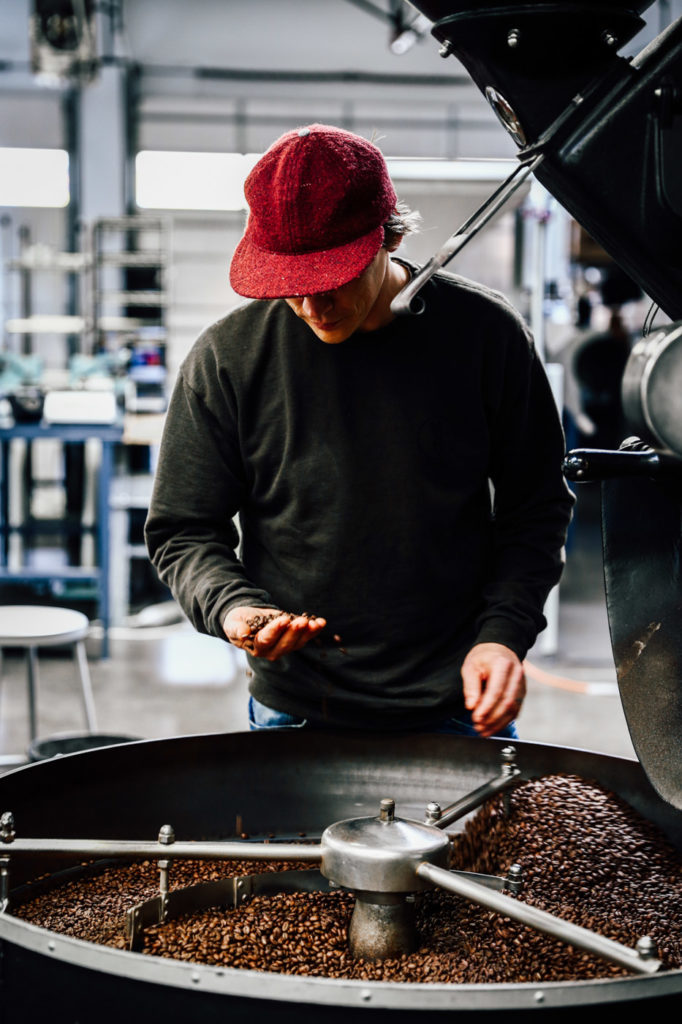
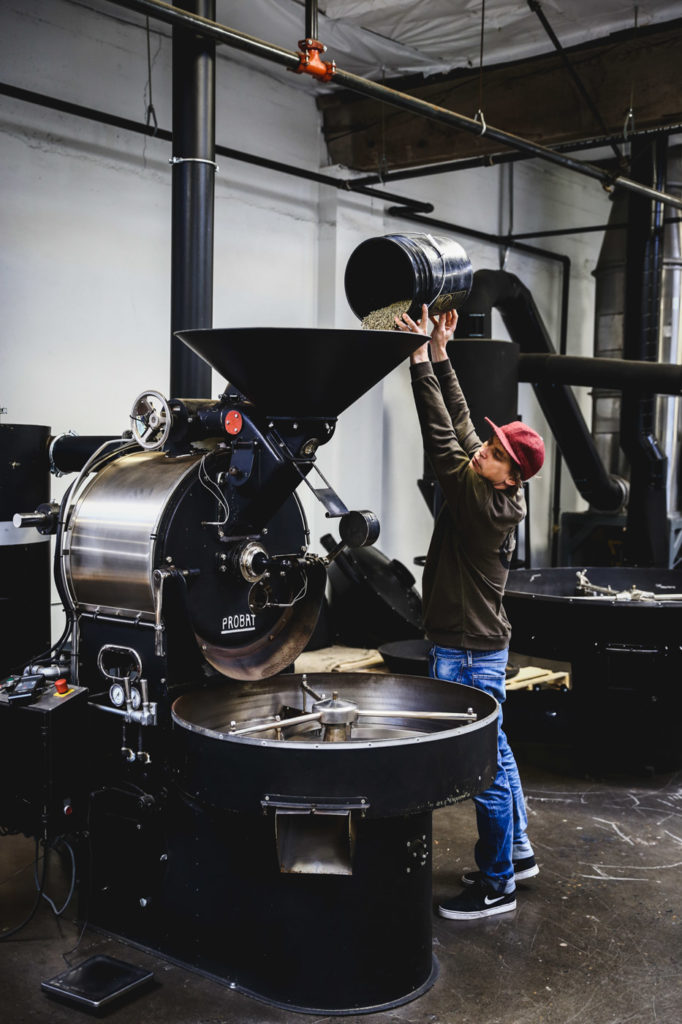
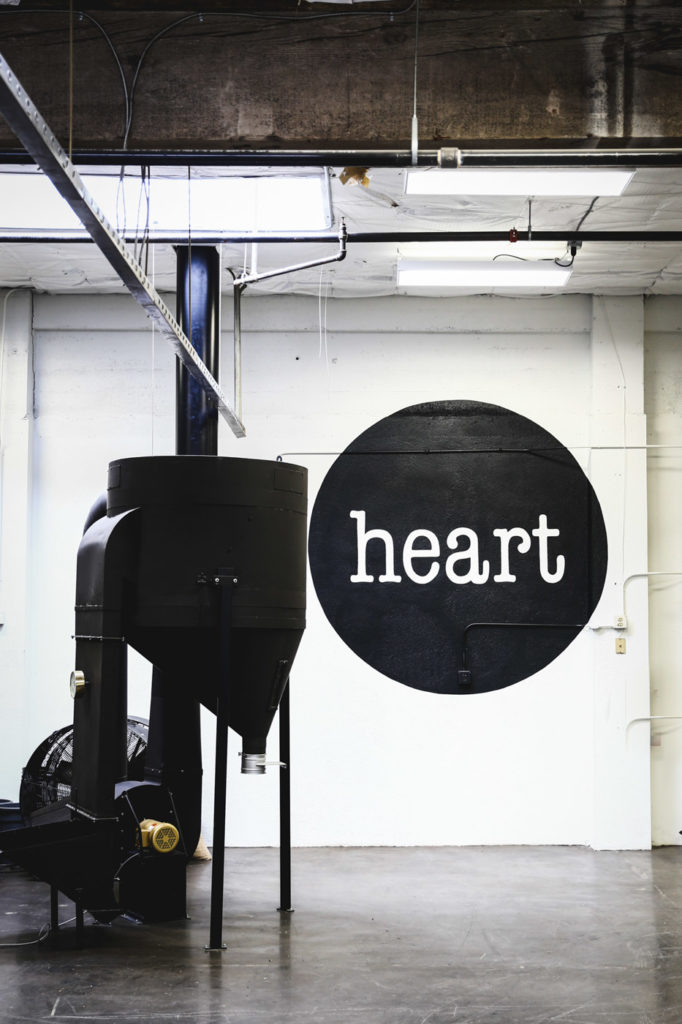
My grandparents love coffee; they are very much first wave drinkers. They love cheap, low quality, dark-roasted coffee. They like a Keurig because it’s easy and accessible. It’s new technology, but reminiscent of their pre-ground portion packs of the 1950s. Coffee was bought in the commodity market, allowing large sums of mid and low grade product to be blended together. The method of roasting dark masked this blending, and gave it lower caffeine content; this allowed consumption to soar without being restricted morning use. Coffee was a gesture when welcomed to the home, consumed at the office all day, and served after dinner in the evening. The first wave was a precursor to a demand for higher quality coffee.
As consumption in the U.S. skyrocketed, production lagged behind, resulting in higher prices. In July of 1953, a severe frost destroyed coffee crops in Brazil. Coffee prices continued to rise, and Americans like my grandparents demanded to know why their daily indulgence was no longer a bargain. In an attempt to keep the peace, the Brazilian government flew four American housewives to coffee farms. The women arrived back home as ambassadors, reporting the severity of the damage to the public. This was the first attempt to show my grandparent’s generation where the coffee came from, and the complexity of the marketplace.
My mother is of the second wave. She’s a little more familiar with trade labels and different levels of roast; she likes her latte macchiatos, knows which roast she prefers at the supermarket, and buys Fair Trade when her pocketbook allows. Starbucks is often used as an example of a “hyper-Second Wave company,” because it introduced specialized coffee terms like “cappuccino,” and “latte macchiato” to a wide base of consumer vocabularies. The second wave introduced standards and the potential for nuanced flavors from the inherent qualities of the bean. Popular coffee companies began to offer the option of light roast or dark roast, and a new ritual emerged in which coffee consumption was a daily purchase or a treat. The act of purchasing coffee on-the-go became more popular as franchises began to expand.
At the same time, the coffee industry started to view at the product with an artisan’s eye. From the 1960s to the mid-1990s, these second wavers borrowed knowledge from the wine industry and applied it to coffee origins and roasting. The Specialty Coffee Association of America (SCAA) was founded in 1982 with intentions of creating coffee quality standards; the organization created a dialogue between coffee entrepreneurs through forums and the publishing of quality control literature.
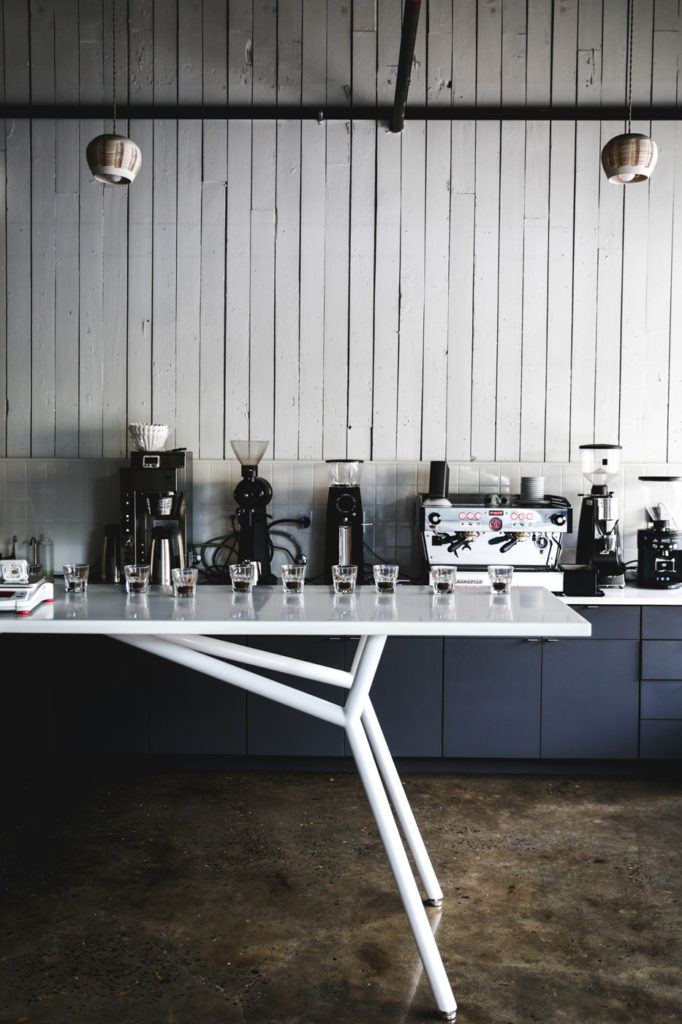
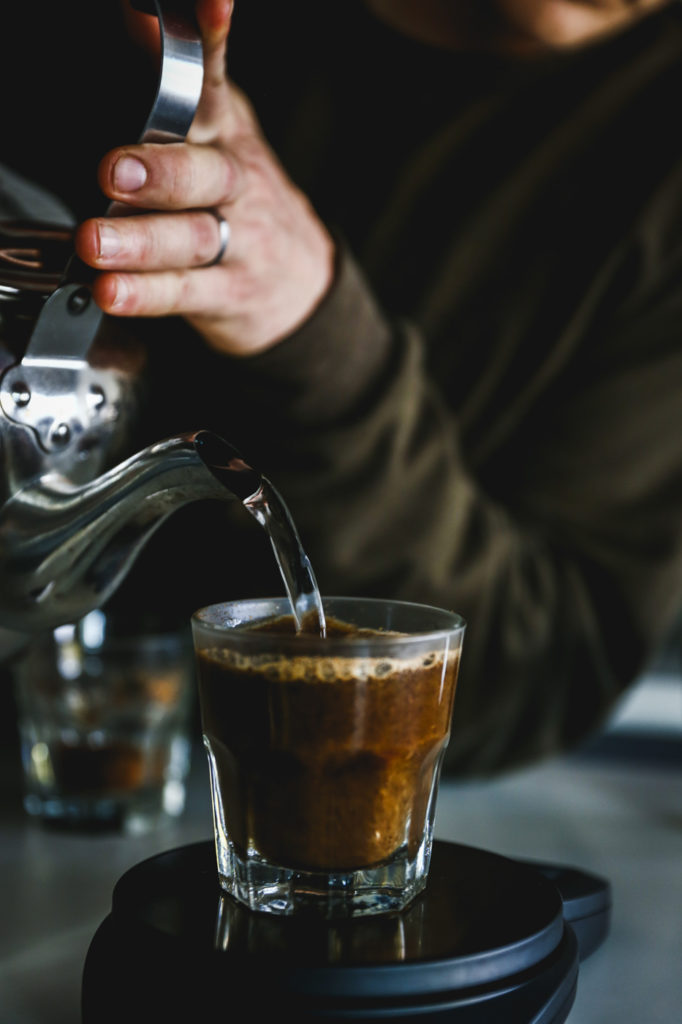
As the industry began to become more specialized, coffee producing countries in Central and South America were in turmoil. Military coups and genocide through guerilla warfare damaged these countries’ ability to produce. Coffee estates, seen as major sources of potential wealth, lay at the center of conflict. Activist groups picketed SCAA conferences, and while my mother clearly remembers these conflicts, she doesn’t draw a direct line to coffee. When I draw it for her, she nods, “that makes sense.” In my experience, it is common for second wave consumers to desire a connection to the source, but tend to do so at a distance.
The practice of “Fair Trade” evolved from these conflicts. The concept emerged through the existing company, Equal Exchange. Fair Trade guaranteed minimum price regardless of market fluctuations. They created their own brand and certification process. By the 1990s, coffee giants wrestled companies that promoted ethical buying.
That brings us to my generation. A third wave child raised to challenge the big guys and taught to obsess over the science of extraction, symmetry and flavor notes. The third wave of specialty coffee began as a reaction to companies like Starbucks, who wanted to “automate and homogenize” specialty coffee through franchising. This included identical interior design and menu offerings, as well as automatic instead of manual espresso machines. It took the artisan approach from the second wave and emphasized it at both ends of coffee production and service. The light roasting style of the third wave has forced companies to seek higher quality green product. Defects and inconsistencies during harvest are apparent in today’s style of specialty roasting; in other words, you can’t hide what you buy.
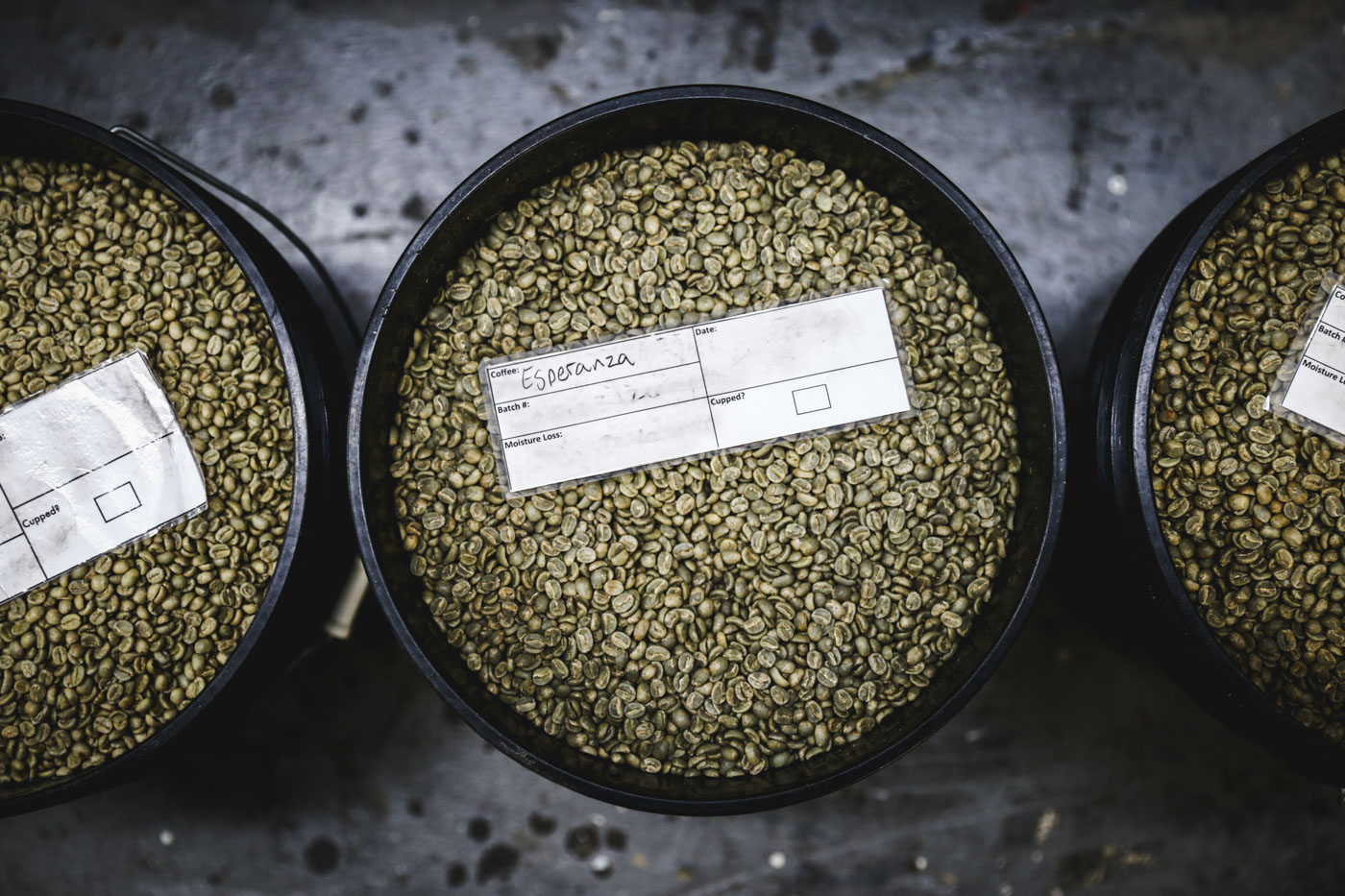
The demand for high quality coffee has had a significant impact on farm infrastructure and labor. Each step in the process now requires more meticulous care––harvest, washing, sorting and drying all require an increased amount of labor in order to deliver this level of quality.
The best way to have transparency is to buy directly from the producer, a practice that has allowed recurring farm and green buyer purchases. Heart is fortunate to have six years of direct partnerships with certain producers, like Aurelio Villatoro.
Villatoro might just be the happiest producer out there. In meeting him, a strong sense of pride is always perceivable; he produces some of the best coffee in Guatemala and should be proud. Our relationship with Villatoro dates back to the very beginning. It was the first coffee Heart bought for our opening party, six years ago. His whole family grows coffee––his brothers and sisters all process their coffee right next to each other. It’s truly a family affair.
Although his farm is called La Esperanza, we use the name “Amate,” because it’s the particular lot dedicated to us. Villatoro’s farm has expanded little in the last six years, but the most substantial growth has been in his focus on quality. We visit once a year, and after a long day navigating mountain roads, we arrive at his farm to a warm welcome. Recently, we’ve even been discussing coffee that will be grown specifically for us.
As companies merge and countless new micro-roasters enter the marketplace, there is a scramble for the best green product. Green buyers often cross paths at the same cupping labs during prime harvest seasons (for evidence, just check out their Instagrams).
And although the buying is direct, we must remember that capitalism still applies. If a green buyer is thoroughly pleased with the product when cupping at origin, it is in his or her interest to pay significantly more than other buyers to secure loyalty for the next season. If the coffee does not meet standards, it will not be purchased.


In this wave of “green capitalism”––one in which good deeds are often attached to purchases––some labeling can feel deceptive. Does a Direct Trade label mean the farmer received more compensation than for commodity coffee? Absolutely. Does it mean the farmer received more compensation than a specialty roaster that does not label their bags? Maybe not. It’s difficult to navigate trade labels, but there is one thing you can rely on: the quality should translate to the cup. If your coffee is outstanding, then it started with quality green coffee, and someone was surely compensated.
Some companies have codified their own certifications, while others use third party labels. For some, it exists to ensure consumers that coffee was bought ethically, according to their own written rules. This can be used to justify price and start a conversation about quality. When it comes down to it, labels are generally used for marketing, explaining how this coffee is different and justifying its premium price tag. Even McDonald’s is using sustainability and trade buzz words for their coffee.
Even though we buy most of our coffee directly from farmers, our packaging does not reference our trade practices. Eventually, we plan to publish the price we pay for our green coffee purchases. For now, we put a lot of trust in our consumer base to taste the difference. How do we most effectively let that translate to the cup? Wille Yli-Luoma, co-owner of Heart, will tell you time and time again: development.
We no longer use the language of light and dark at Heart. Instead, we speak in terms of development. Developed coffee is roasted evenly, with the outer shell of the bean roasted as equally as the inside. It is difficult to execute, but it’s possible. If the coffee is not roasted evenly, the inside is left slightly raw, which causes difficulty when brewing. Once this coffee is ground, particles will extract (brew) at different rates. Underdeveloped coffee is a major challenge for baristas in the third wave. It is difficult to work with, and to make it taste approachable. Although it might have more delicate flavors of fruit, and less flavors of roast, it often tastes “green,” or vegetal. Working with underdeveloped coffee can result in both over-extraction (bitter), and under-extraction (under-ripe fruit) that can deter people from their first experience with third wave specialty coffee.


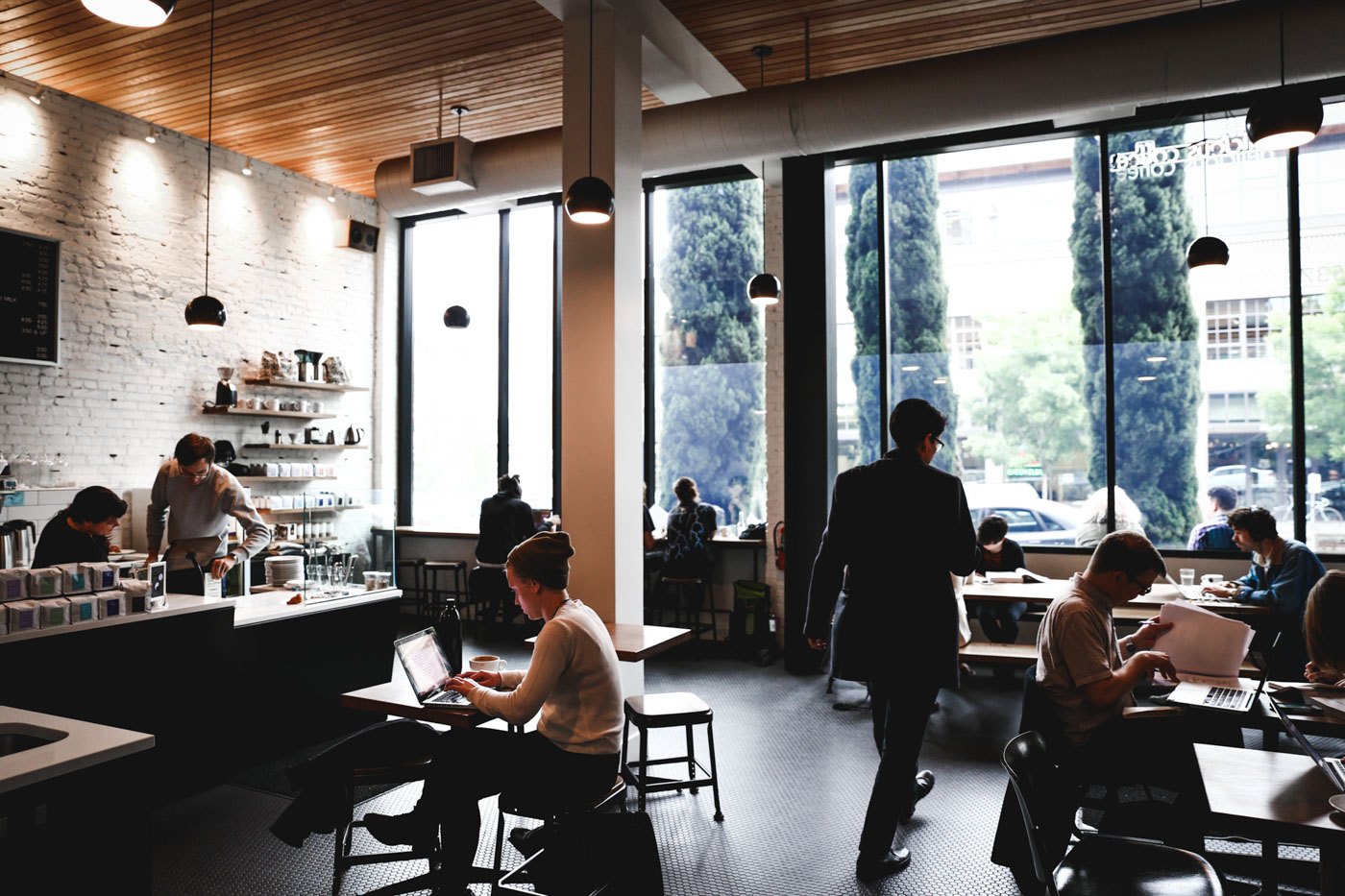
Sometimes it feels as if the third wave has cornered itself into a niche market, unapproachable to those that are not on the inside. Why is the third wave serving espresso that only people in the coffee industry want to drink? Long, thin shots pulled for maximum sweetness and clarity have their place, but how do we cater to the the rest of the market? We are constantly working to reevaluate our roasting practices, based on what we learn about the versatility of coffee. Approachability has become a focus of this reevaluation.
The way I see it, we are striving to serve coffee to three generations all having separate experiences and expectations of specialty coffee. We want people like my grandparents, who are set on dark roast, to enjoy it because the cup is round, has body and depth. We want the second waver like my mom to enjoy it because it isn’t bitter, it’s an indulgence and it’s sweet. Lastly, we want the third waver and those in the industry to love it because the inherent qualities of the bean translate to the cup through ripe fruit. Now to get it right every time.
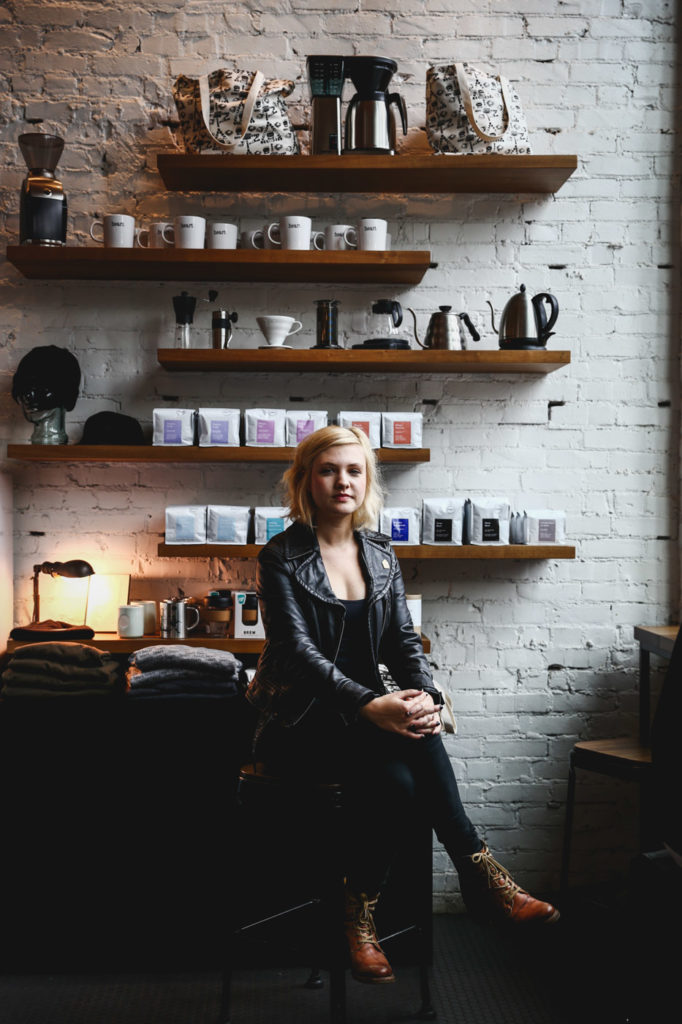





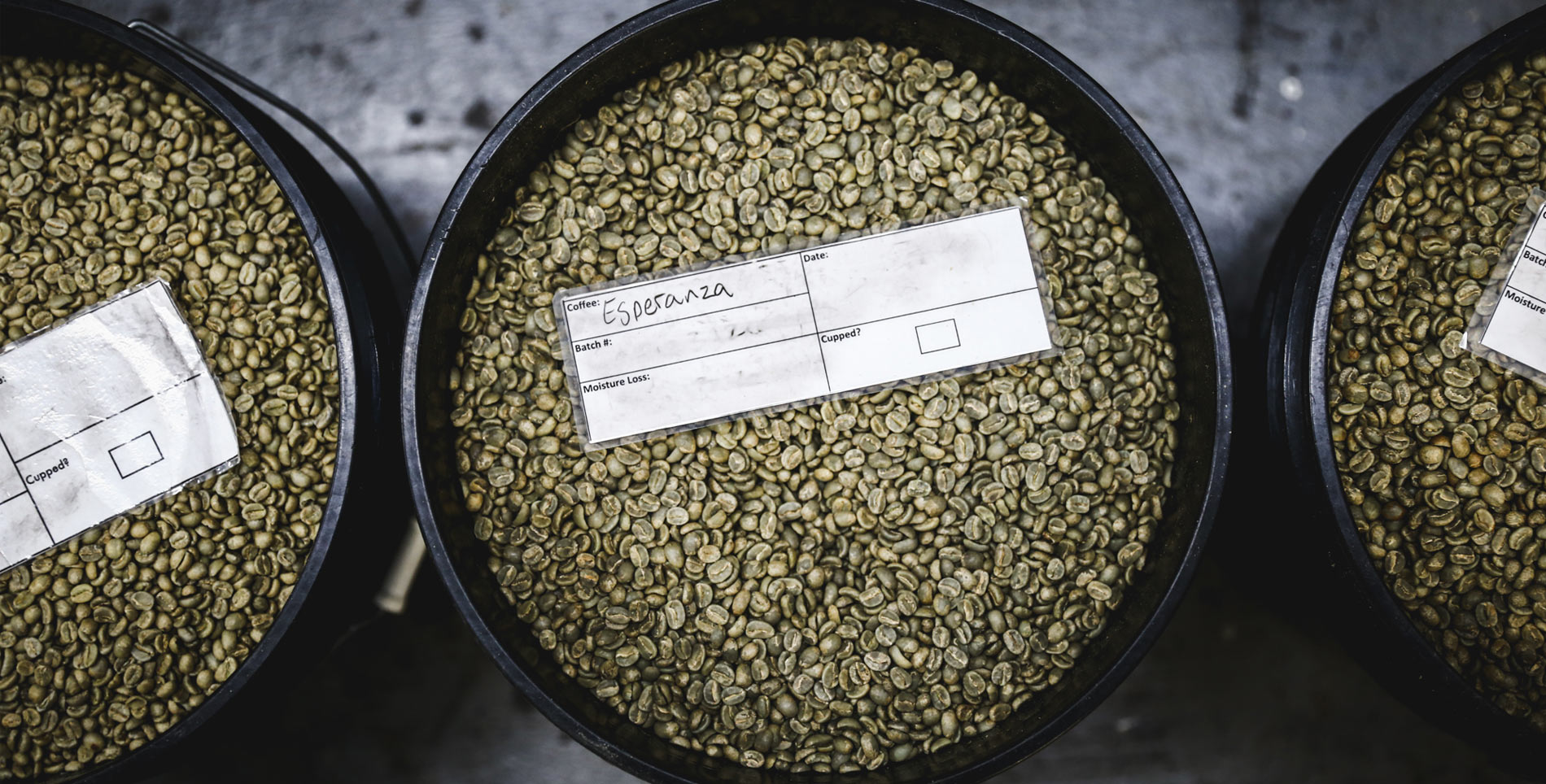

Our comments section is for members only.
Join today to gain exclusive access.